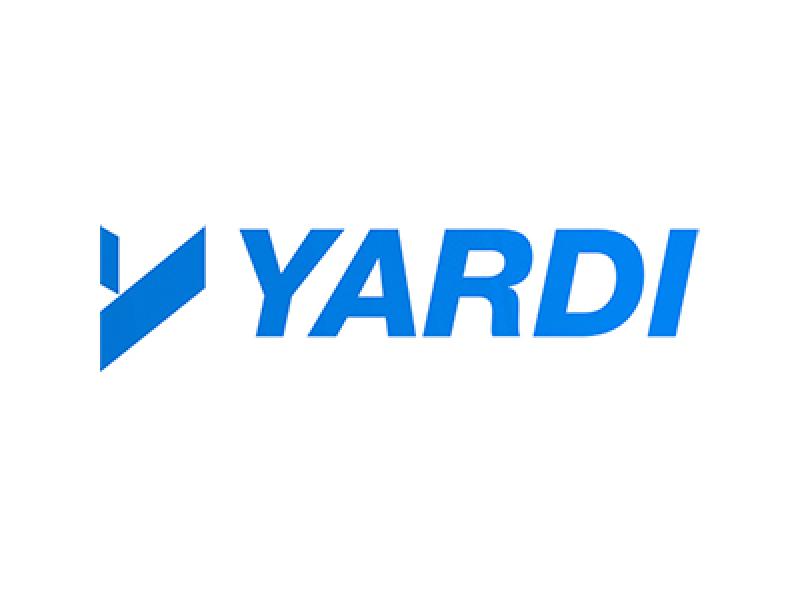Yardi serves clients in every real estate market, across Canada, the U.S., and the rest of the world. From Saskatoon to San Antonio to Stuttgart, the question on their minds is remarkably similar: What does a return to the office look like as COVID-19 restrictions are lifted?
It’s a great question, one we are uniquely positioned to examine as both an occupier and software provider.
Identifying what employees value
Employees are the heart of any business and bringing them together has a lot of upsides for real estate companies and their tenants alike. If a team’s work benefits from close collaboration, getting them together in the office can improve effectiveness and productivity. Working from home, people risk becoming islands and harbouring siloed information. This affects their ability to produce.
Many real estate companies have turned to simple solutions to entice employees back to the office. They offer perks like free-lunch Fridays, baseball tickets, and fridges stocked with snacks and refreshing drinks. When we conducted a global survey of our own Yardi employees about a potential return to the office, we found that, while employees appreciated these simple solutions, the key perk they wanted to see in the office was one another. Employees wanted to work from the office when other employees were working from the office.
Many companies are turning to tech to answer the key question employees have: Who else is going to be in the office?
Office leases, reimagined
Before we can examine the technology that helps employees answer their key question, we must first examine corporate leases themselves. That’s because, in real estate, pragmatism wins out. Technological bells and whistles might be fun, but if they don’t directly help us improve the bottom line, why bother? Office spaces are huge investments, and companies on all sides of the bargaining table need to ensure they are getting what they need. Technology can help real estate companies and their tenants rethink the way leases are done.
In the world of corporate real estate, deals have historically been slow and carefully executed. While these high value deals won’t entirely go away in the new world, we predict a rise in a new kind of corporate lease. Short term coworking spaces that offer flexibility and meet employee demands for temporary and hybrid models. Staff can return to the office for a few days per week, per month, or project-by-project when your company needs that extra boost of productivity to meet a tight deadline. Deals like this are going to need to be fast, flexible, and on-the-fly.
Coworking 2.0
When people think of coworking spaces, they picture open floorplans with shared workspaces. Cold brew coffee on tap, long bar tables, and beanbag chairs arranged in a circle. We’re seeing a shift away from the open floorplan model and toward individual offices. In the era of the video chat, an enclosed workspace offers a quieter setting and more privacy, which we find most employees prefer. From our vantage point, the way forward with coworking spaces is single-person offices along with the usual meeting and conference rooms.
As companies leverage hoteling for office returns, they can expect short term leases that might last months, weeks, or days. Brokers typically aren’t interested in helping negotiate deals this small. To make this system work, commercial companies can take a page from their multifamily counterparts, who have adopted technology that automates controlled access, self-guided and virtual tours, and the leasing and approval process. Apps show employees who are going to the office and when. This answers the question foremost on our employees’ minds.
IT infrastructure and hardware also include access control, which has become increasingly vital for security and ease of access. Flexible workspace operators use remote door control to provide 24/7 access to members, track occupancy, and gain revenue from conference rooms and private office usage. Landlords and traditional office managers may not have had to implement door access in the past, but this feature can be managed, like bandwidth and Wi-Fi connectivity, on a single platform for maximum efficiency.
Access control falls under the broader category of facilities management and maintenance, which benefits from accurate real-time reporting. You can gain insights into your busiest times and track who is in or out of the space among other performance indicators. Having real-time visibility into the usage of meeting rooms and common areas is important for compliance purposes. These processes are already embedded in the world of multifamily rentals, but they are still relatively new for many of our corporate clients. Technologies like these provide increased autonomy and added flexibility for companies and landlords alike. Technology offers a long-term solution that allows companies to give employees a flexible and welcoming office experience.
It’s all about the environment
Small things like free lunches can foster a sense of community that working from home cannot match. Community helps you retain talent, accomplish tasks, and remind employees that everyone is working toward the same goal. The important thing is to create environments where employees actively want to be, and then leverage the technology and the leasing strategies to create those environments.
To learn more about your technology option visit Yardi.com.











